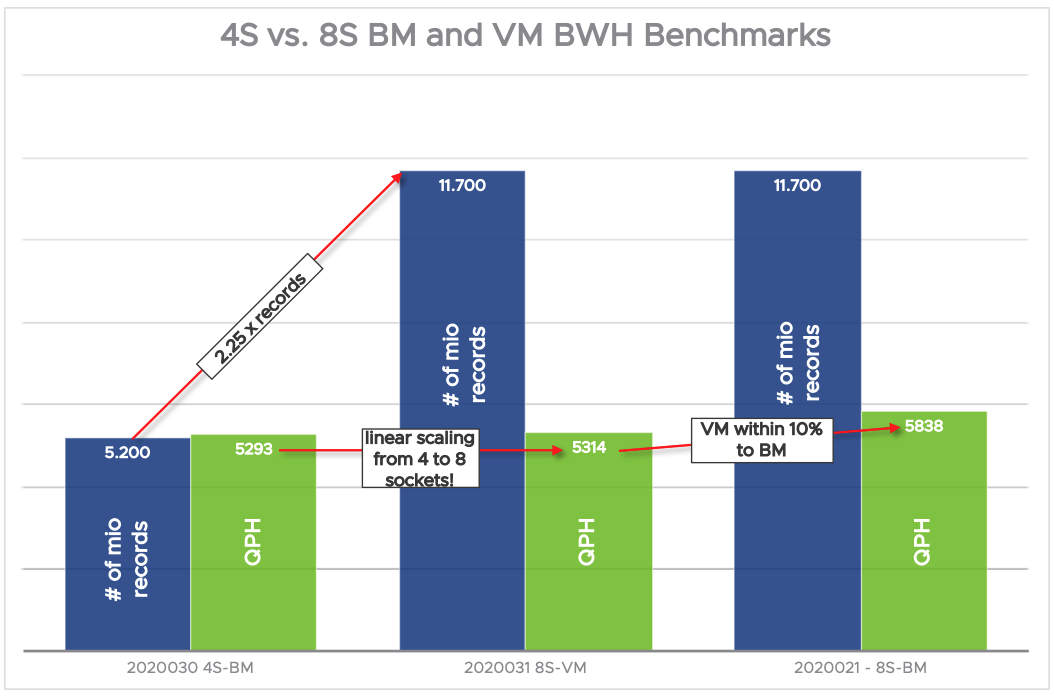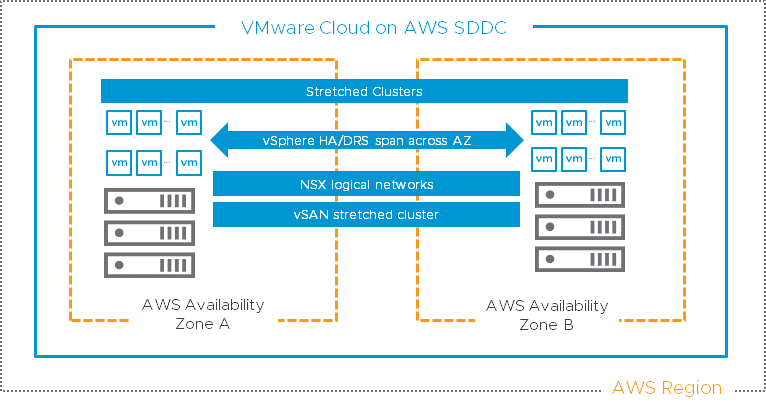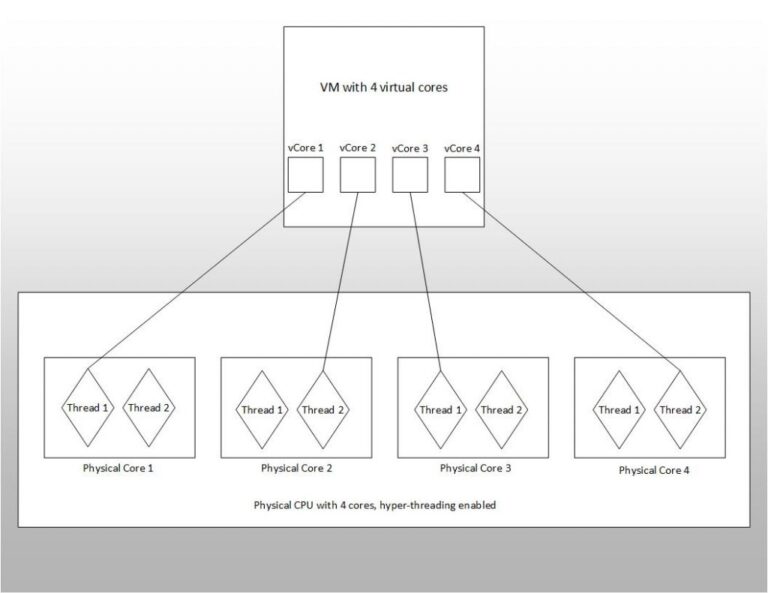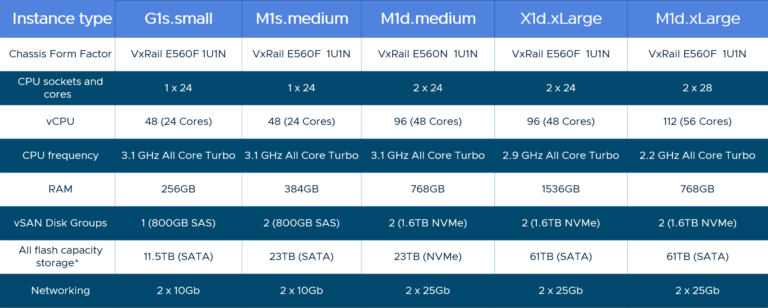Recently VMware announced VMware vSphere 7 Update 1, which introduces not only vSphere with Tanzu, the fastest way to get started with Kubernetes workloads and modernize customers’ application infrastructure, but also vastly increases VM capabilities to scale up to 24 TB of memory and 768 vCPUs per VM.
Currently, SAP HANA is supported with the maximum size of 6 TB and 256 vCPUs per VM, actual number of vCPUs depends on the used CPU, like 224 vCPUs for Cascade Lake based 4-socket 28 core CPU based servers. For details check out SAP Note 2937606 – SAP HANA on VMware vSphere 7.0 in production. Stay tuned for new support announcements on leveraging vSphere 7.0 U1 new scalability features with SAP HANA
Taking advantage of this new Monster VM capability we have partnered with Fujitsu and performed a SAP BW edition for SAP HANA Standard Application Benchmark (commonly referred to as BWH – BW for HANA benchmark). Please note, while >256 vCPU (>4-socket VMs) are not yet SAP HANA supported with VMware vSphere 7 Update 1, the results for this benchmark show the excellent performance that is possible with such a 8-socket large VM. The test system used is an 8-socket PRIMEQUEST 3800B2 server running a 448 vCPU, close to 6 TB VM. The test results show great scalability compared with previously performed BWH benchmarks on 4-socket large VMs or bare metal systems. It also shows very little overhead compared to similarly configured bare metal BWH benchmarks. See below for the benchmark details!
Give Me the Benchmark Details
The SAP BW edition for SAP HANA Standard Application Benchmark Version 3 performed on September 4, 2020, by Fujitsu in Walldorf, Germany, with a total of 11,700,000,000 initial records, was certified by SAP on behalf of the SAP Benchmark Council on September 15, 2020, with the following data:
Certification number: 2020031
| Benchmark Phase 1 | |
| Number of initial records: | 11,700,000,000 |
| Runtime of last Data Set (seconds): | 20,125 |
| Benchmark Phase 2 | |
| Query Executions per Hour (QPH): | 5,314 |
| CPU utilization of database server: | 97% |
| Benchmark Phase 3 | |
| Total Runtime of complex query phase (seconds): | 146 |
| Operating Systems: | SUSE Linux Enterprise Server 12 on VMware vSphere 7.0 Update 1 |
| Database: | SAP HANA 2.0 |
| Technology platform release: | SAP NetWeaver 7.50 |
| Configuration: |
| No. of Servers | Usage | Hardware | Segmentation |
| 1 | Database | Fujitsu Server PRIMEQUEST 3800B2, 8 processors / 224 cores / 448 threads, Intel Xeon Platinum 8280L processor, 2.70 GHz, 64 KB L1 cache and 1,024 KB L2 cache per core, 38.5 MB L3 cache per processor, 6,144 GB DRAM | One VM, with 448vCPU’s and 5,890 GB RAM |
The below table and graph shows this benchmark result in context with other recently published benchmarks performed on comparable configurations (Intel Xeon Platinum 8280x CPU). The results show the great scaling of ESXi 7.0 U1 when compared to a 4-socket bare metal based SAP HANA benchmark with the Queries Per Hour (QPH) staying essentially the same even though the number of records were doubled. The comparison to the bare-metal 8-socket result shows how little the performance difference is between virtual and native. The QPH is within 9% of bare metal 8-CPU socket BWH benchmark performed on the same server system.

As seen in the below bar charts, QPH remains linear (or slightly increases) while we scale up both the number of records and number of CPU sockets from 4 to 8.

Conclusion:
We are excited to see the early results of how vSphere’s new Monster VM support will allow customers to scale their virtualized SAP HANA environments to meet the most demanding workloads.
VMware vSphere 7 Update 1 with Monster VMs will provide SAP HANA customers the possibility of running the largest systems, leveraging powerful 8-socket hosts to their full extent (memory and CPU resources). When supported, the new Monster VM capabilities should allow customers to grow their SAP HANA database by simply upgrading a 4-socket vSphere VM to an 8-socket large VM with more memory and CPU resources, all while retaining key benefits of running virtualized, including powerful HA and vMotion capabilities.
References:






